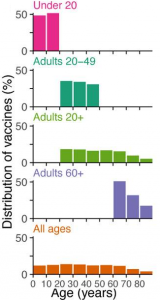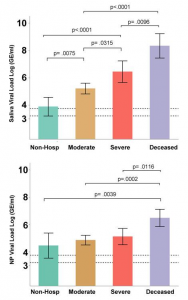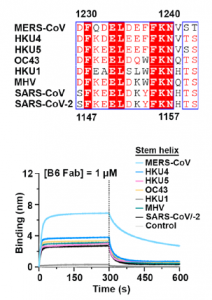Priority of vaccine administration for the new coronavirus (COVID-19): Should over-60s still be prioritized?
A group from The University of Colorado Boulder etc. has simulated on the priority of vaccine administration for the new coronavirus (COVID-19).
https://www.ncbi.nlm.nih.gov/pmc/articles/PMC7743091/
Five age groups of vaccination were assumed, and simulated changing the combination of the following parameters: vaccine rollout speeds to the population (0.05% to 1%/day), infection rates (1.15, 1.5), vaccine efficacy (90%), and also the case that the effectiveness of the vaccine decreases with age (60 years old = 90% – > 80 years old = 50%).
The results vary depending on the conditions, and the best choice replaced between the case that prioritizes the over-60s and the one that prioritizes 20 ~ 59 year-olds. However, since the prerequisites are always changing in reality, overall, it would be a better choice to prioritize the over-60s .




